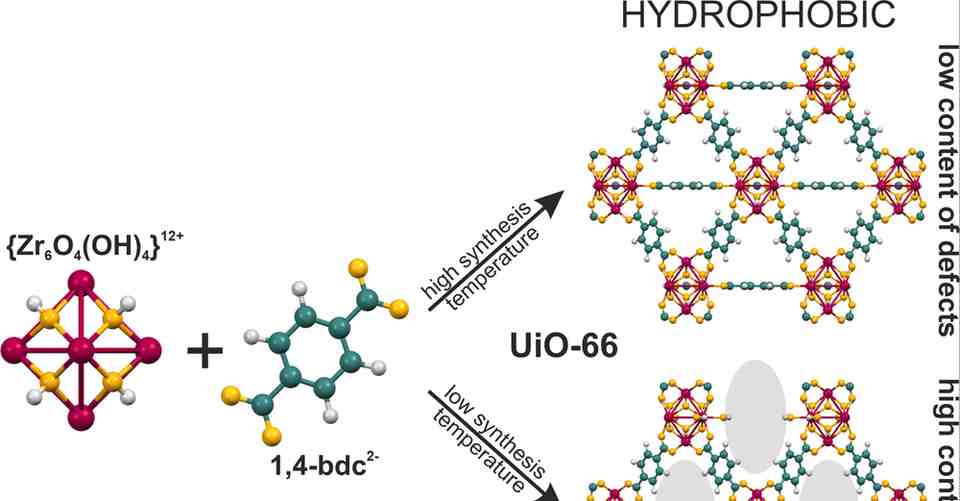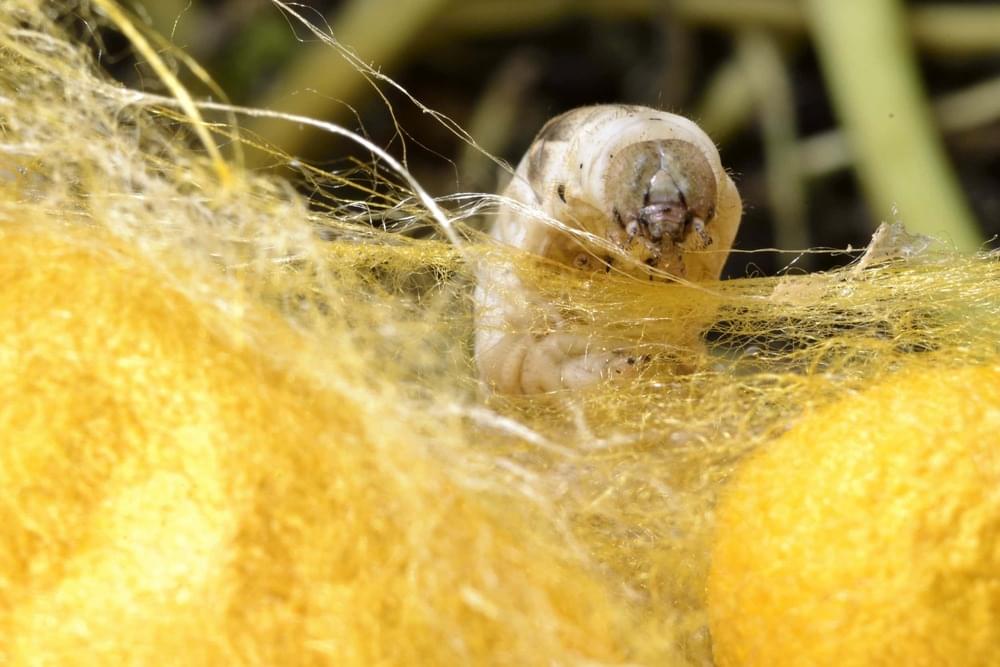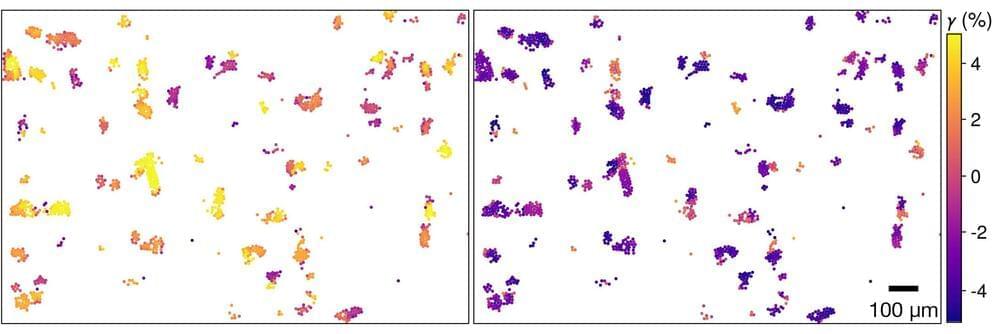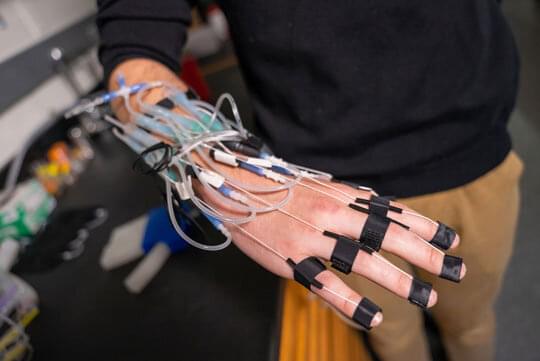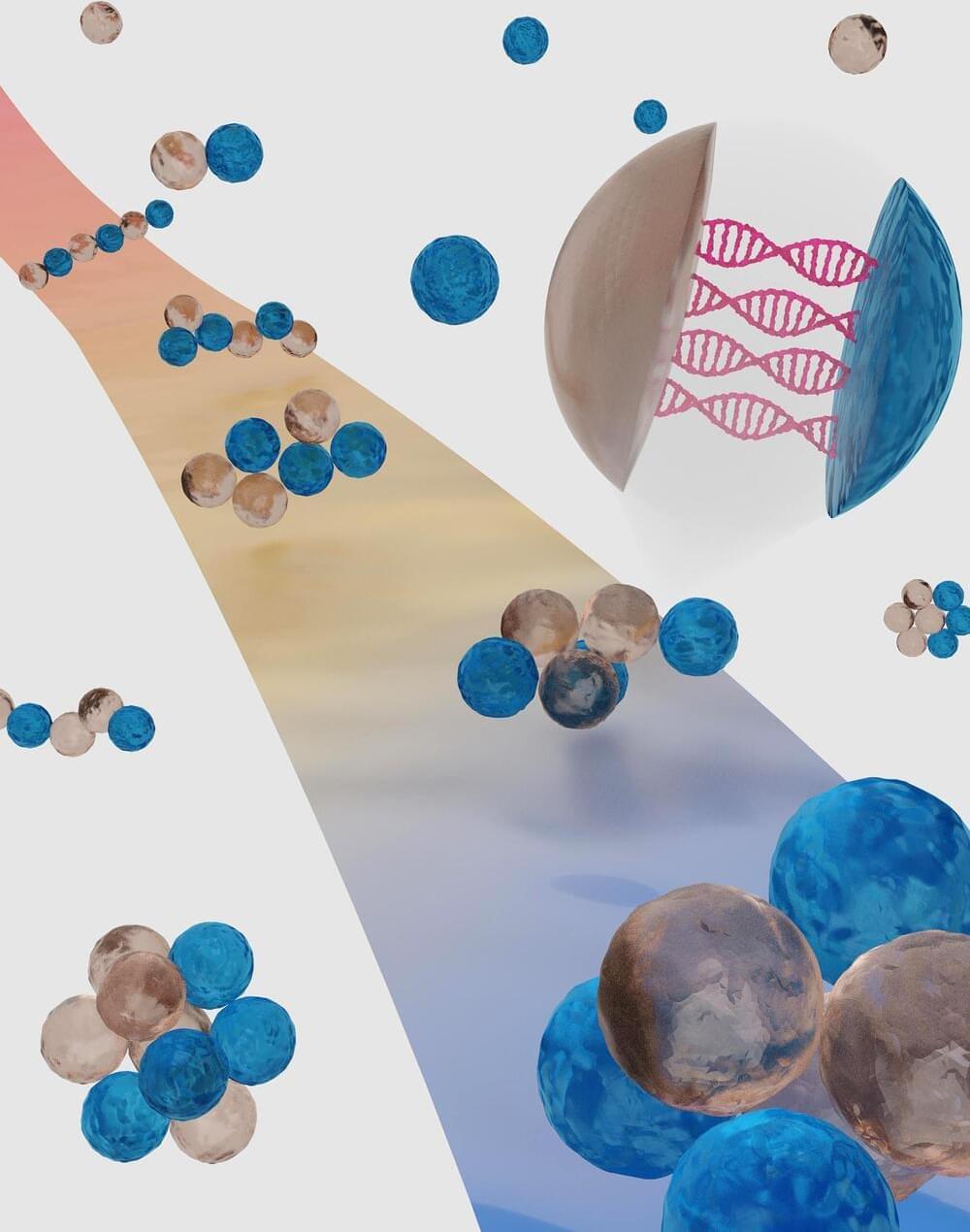Oct 9, 2022
Hubble finds a wall of hot plasma acting like a shield for two nearby galaxies
Posted by Atanas Atanasov in categories: materials, space
In the southern sky shine two smudges, known as the Large and Small Magellanic Clouds. They are satellite galaxies of the much larger Milky Way, and one of their qualities has puzzled scientists. As the Clouds tumble through space, the Milky Way should be exerting enough gravitational force to knock loose their star-making material. But the smaller galaxies are still building new stars. A study published Wednesday in the journal Nature finally explains it.
What they did — “A lot of people were struggling to explain how these streams of material could be there,” Dhanesh Krishnarao, assistant professor at Colorado College and lead author of the new study, says in a NASA description of the paper. “If this gas was removed from these galaxies, how are they still forming stars?”

